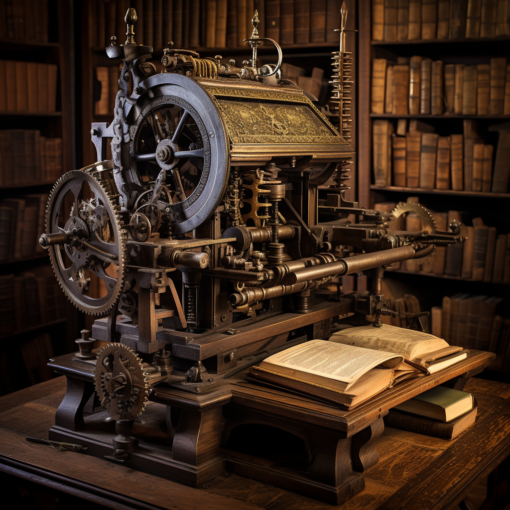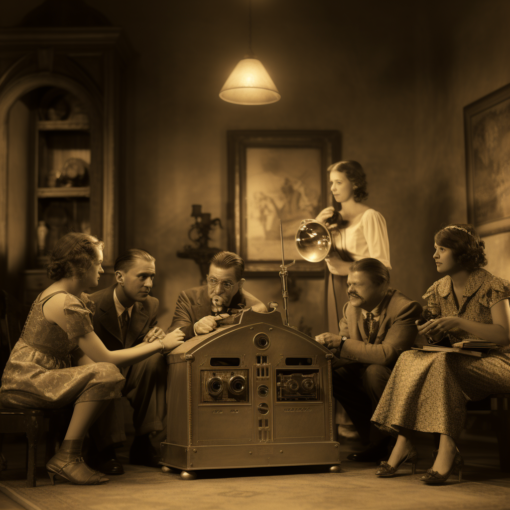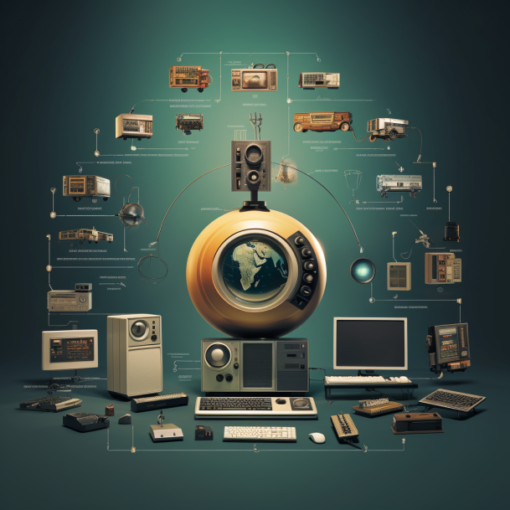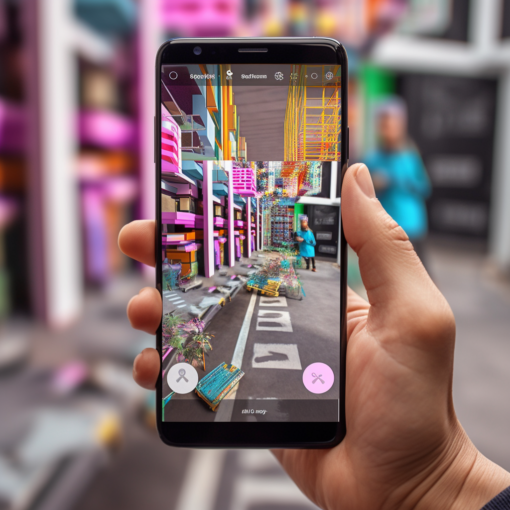Ah, my dear reader, the world we live in is brimming with unseen wonders. There’s an almost ethereal conversation happening right now, a symphony of whispers that is largely imperceptible to our ears. I speak, of course, of the Internet of Things (IoT) — a network of everyday objects, from toasters to thermostats, that communicate with each other and with us, weaving an intricate tapestry of invisible threads that shape our lives.
The IoT is not a new concept. In fact, its roots can be traced back to the early days of the internet. Yet, it’s only in recent years that the IoT has truly come into its own, and the implications are as vast as they are intriguing.
Think of your morning routine. You wake up, not to the harsh clamor of an alarm, but to the gentle stirring of your smart home — the lights gradually brighten, the thermostat adjusts to your preferred temperature, and your coffee maker springs into action, all without a single prompt from you. Meanwhile, your wearable fitness device records your sleep patterns, heart rate, and other vital signs, ready to present you with a comprehensive report about your health. It’s like living in a symphony conducted by an invisible maestro, each instrument perfectly attuned to the other.
Yet, this is just the tip of the iceberg. The IoT reaches far beyond our homes, into realms as diverse as healthcare, agriculture, and urban planning. Imagine a world where doctors remotely monitor the well-being of their patients, where farmers use sensors to optimize crop yield, and where city officials can track air quality, traffic, and energy usage in real-time. The possibilities are as endless as they are exciting.
However, like all powerful tools, the IoT comes with its own set of challenges. Privacy concerns loom large, as more and more personal data is collected and shared. Security vulnerabilities could potentially turn smart devices into Trojan horses. And then there’s the issue of technological disparity — will the benefits of the IoT be accessible to everyone, or will they widen the digital divide?
As we stand on the brink of this brave new world, it’s worth remembering that technology, in and of itself, is neither good nor bad. It’s a tool, shaped by the hands that wield it. It is up to us, dear reader, to ensure that the Internet of Things, and the invisible threads it weaves, serves to bring us closer together rather than drive us apart.
In the end, the IoT is but another testament to the incredible ingenuity of our species. As we whisper to our devices, they whisper back to us, painting a picture of a world where technology and humanity dance together in a ballet of bytes and beliefs. And what a fascinating dance it is, my dear reader. What a fascinating dance indeed.

Further Reading:
- “A Simple Explanation of ‘The Internet of Things'” – Forbes provides an accessible explanation of the Internet of Things for those just starting to explore this vast and fascinating field.
- “5 Real-World Examples of How the Internet of Things Is Being Used Today” – Business Insider offers a look at the practical applications of IoT in the real world, from healthcare to agriculture.
- “IoT Privacy and Security Challenges for Smart Home Environments” – Future Internet investigates the issues of privacy and security that come with the rise of IoT, offering a comprehensive look at potential risks and proposed solutions.
- “The Internet of Things Is Far Bigger Than Anyone Realizes” – Wired dives deep into the potential of IoT, discussing how it’s likely to influence various sectors and change the way we live and work.
- “The Digital Divide and the Internet of Things” – Harvard Business Review explores the concept of a digital divide in the context of IoT, examining how this technology could either reduce or exacerbate existing inequalities.





7 thoughts on “Invisible Threads: The Quiet Rise of the Internet of Things”
Thank you for your sharing. I am worried that I lack creative ideas. It is your article that makes me full of hope. Thank you. But, I have a question, can you help me?
I don’t think the title of your article matches the content lol. Just kidding, mainly because I had some doubts after reading the article.
Can you be more specific about the content of your article? After reading it, I still have some doubts. Hope you can help me.
Your article helped me a lot, is there any more related content? Thanks!
Thanks for sharing. I read many of your blog posts, cool, your blog is very good. https://www.gate.com/share/XwNAUwgM
Can you be more specific about the content of your article? After reading it, I still have some doubts. Hope you can help me. https://accounts.binance.info/en-IN/register?ref=UM6SMJM3
I don’t think the title of your article matches the content lol. Just kidding, mainly because I had some doubts after reading the article. https://accounts.binance.com/tr/register?ref=MST5ZREF